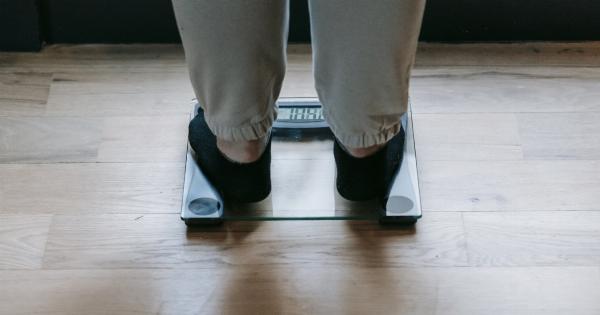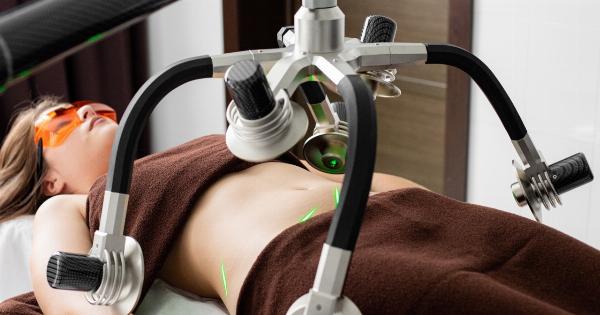The liver is one of the most important organs in the human body. It has a wide range of functions, including detoxification, protein synthesis, and the production of important biochemicals necessary for digestion.
When the liver becomes damaged or diseased, it can lead to various symptoms, including liver pain. In this article, we will explore the causes, symptoms, diagnosis, and treatment options for liver pain.
What Causes Liver Pain?
Liver pain can occur due to a variety of reasons, including:.
1. Liver Disease: Conditions such as hepatitis, cirrhosis, or fatty liver disease can cause inflammation and pain in the liver.
2. Liver Infection: Infections like hepatitis A, B, or C can lead to liver pain.
3. Gallstones: Gallstones can block the bile ducts, leading to liver pain.
4. Liver Cancer: Liver cancer can cause pain and discomfort in the liver area.
5. Alcohol Abuse: Excessive alcohol consumption can damage the liver and result in liver pain.
Symptoms of Liver Pain
Liver pain may present with various symptoms, which can include:.
1. Abdominal Discomfort: A dull or sharp pain in the upper right abdomen.
2. Jaundice: Yellowing of the skin and eyes due to liver dysfunction.
3. Fatigue: Feeling tired or weak without any apparent reason.
4. Nausea and Vomiting: Experiencing feelings of sickness and throwing up.
5. Swelling: Build-up of fluid in the legs, ankles, or abdomen due to liver dysfunction.
Diagnosing Liver Pain
When experiencing liver pain, it is essential to seek medical attention for an accurate diagnosis. A healthcare professional will conduct a thorough evaluation, which may involve the following:.
1. Medical History: The doctor will ask questions about your symptoms, medical history, and any risk factors you may have for liver disease.
2. Physical Examination: A physical examination will be performed to assess the liver’s size and tenderness.
3. Blood Tests: Blood tests can help determine liver function and check for signs of infection or damage.
4. Imaging Tests: Imaging tests like ultrasound, CT scan, or MRI may be conducted to visualize the liver and identify any abnormalities.
5. Biopsy: In some cases, a liver biopsy may be required to obtain a sample for further analysis.
Treatment Options for Liver Pain
The treatment for liver pain depends on the underlying cause. Here are some common treatment options:.
1. Medications: Medications may be prescribed to manage liver inflammation, infection, or underlying diseases.
2. Lifestyle Changes: Adopting a healthy lifestyle that includes a balanced diet, regular exercise, and limiting alcohol consumption can improve liver health.
3. Surgical Interventions: In cases of gallstones or liver cancer, surgical interventions may be necessary to remove the blockage or cancerous tissues.
4. Liver Transplant: In severe cases of liver disease or failure, a liver transplant may be the only option for long-term survival.
Preventing Liver Pain
Prevention is key to maintaining a healthy liver. Here are some preventive measures:.
1. Limit Alcohol Consumption: Excessive alcohol intake can significantly damage the liver. Stick to moderate or no alcohol consumption.
2. Practice Safe Sex: Hepatitis B and C can be transmitted through unprotected sex. Always practice safe sex by using condoms.
3. Vaccinations: Vaccinations are available for hepatitis A and B. Stay up to date with your vaccinations to protect your liver.
4. Maintain a Healthy Weight: Obesity and being overweight can increase the risk of liver disease. Maintain a healthy weight through a balanced diet and regular exercise.
Conclusion
Liver pain can be a sign of an underlying liver condition, and it is crucial to seek medical attention for proper diagnosis and treatment.
By understanding the causes, symptoms, and treatment options for liver pain, individuals can take steps to protect and maintain their liver health. Adopting a healthy lifestyle and preventive measures can go a long way in promoting overall liver well-being.






























